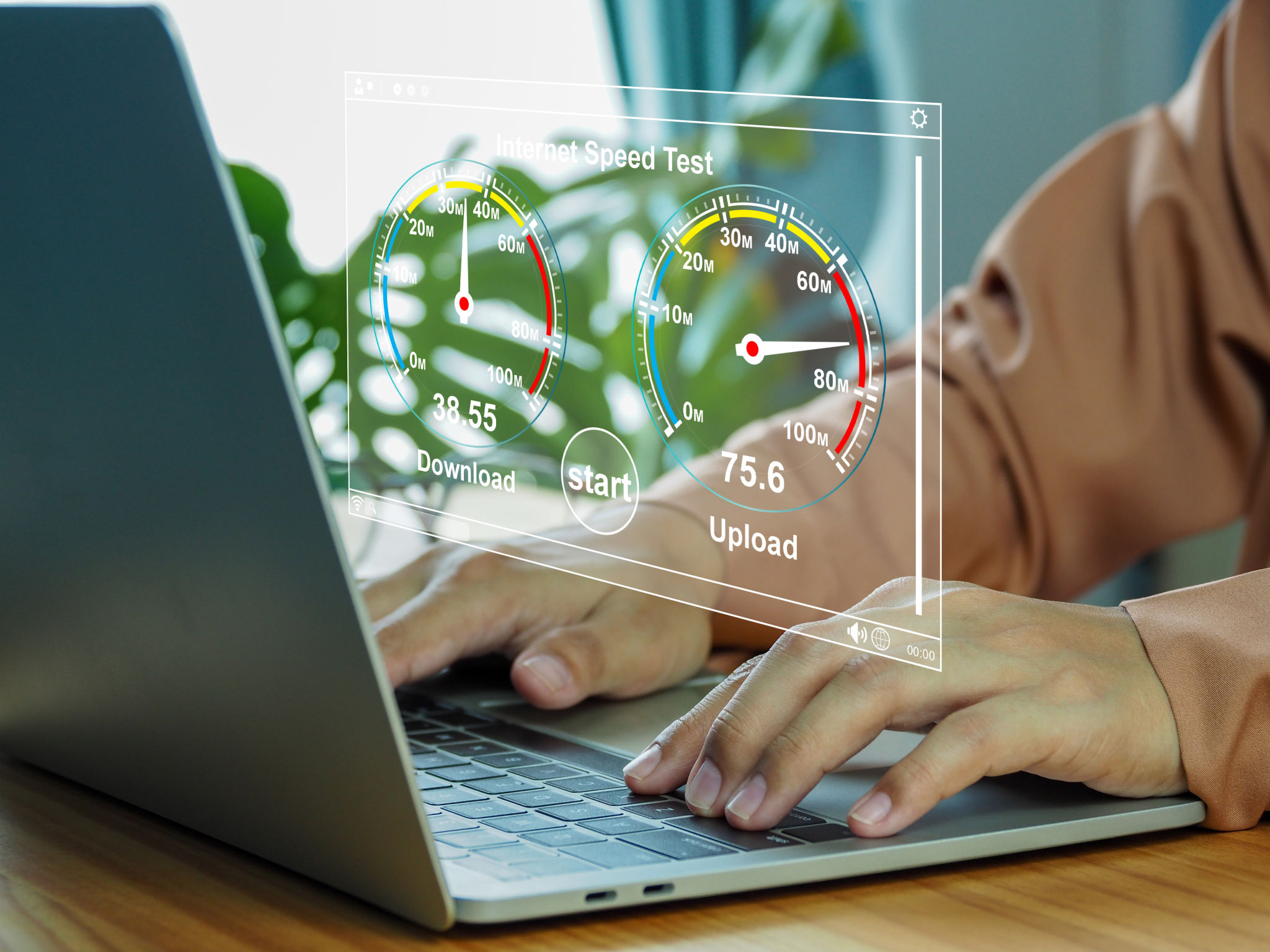Top Tips for Maximizing Your Internet Speed and Connectivity at Home
Understanding Your Internet Plan
One of the first steps to maximizing your internet speed and connectivity at home is understanding your current internet plan. Many people are unaware of the exact speed they are paying for, which can lead to frustration when performance doesn't meet expectations. Check your plan details through your provider's website or contact customer service to ensure you're getting what you pay for. Knowing this can also help you troubleshoot any issues or decide if an upgrade is necessary.
It's important to note that advertised speeds are often "up to" a certain limit. This means that actual speeds may vary depending on several factors, including network congestion and the number of devices connected. Conducting regular speed tests can help you gauge your current internet performance and compare it to the plan specifications.

Optimizing Router Placement
The placement of your router can have a significant impact on the quality of your Wi-Fi connection throughout your home. Routers emit signals in all directions, so placing yours in a central location can help ensure even coverage. Avoid placing the router near thick walls, metal objects, or electronic devices that may cause interference.
If you have a large home, consider investing in a mesh Wi-Fi system that uses multiple nodes to extend the range of your network. This can help eliminate dead zones and provide consistent connectivity in every room.

Securing Your Network
Network security not only protects your personal information but also plays a role in maintaining optimal internet speeds. An unsecured network can be accessed by unauthorized users, leading to slower speeds due to increased traffic. Ensure your Wi-Fi network is password-protected using WPA3 encryption for enhanced security.
Regularly changing your Wi-Fi password and keeping your router's firmware updated can further safeguard your network. These simple measures can prevent unauthorized access and maintain the quality of your internet connection.
Managing Connected Devices
With the increasing number of smart devices, managing which devices are connected to your network is crucial. Too many devices using bandwidth simultaneously can lead to slower speeds for everyone. Prioritize essential devices during peak usage times and consider disconnecting those not in use.
Many modern routers offer Quality of Service (QoS) settings, allowing you to allocate bandwidth to specific devices or applications. This ensures that high-priority activities, such as video conferencing or streaming, receive the necessary bandwidth for smooth performance.

Regular Maintenance and Upgrades
Just like any technology, routers and modems may need regular maintenance or upgrades to function optimally. Restarting your router periodically can help clear any temporary glitches or issues impacting performance. Additionally, if your hardware is outdated, consider upgrading to newer models that support higher speeds and improved technology.
Consult with your internet service provider to stay informed about any firmware updates for your modem or router. Keeping this equipment up-to-date ensures compatibility with the latest internet technologies and standards.
Conclusion
Maximizing your internet speed and connectivity at home involves a combination of understanding your plan, optimizing router placement, securing your network, managing connected devices, and maintaining your equipment. By following these tips, you can enhance your online experience and make the most of your home internet setup.
